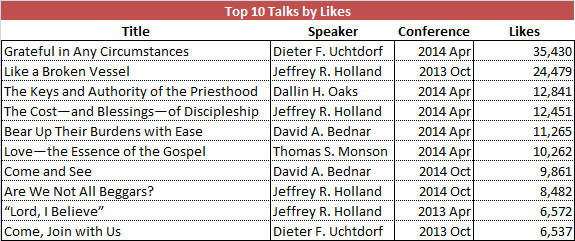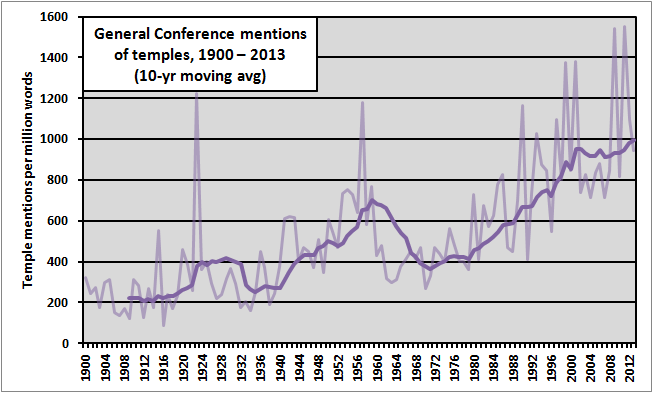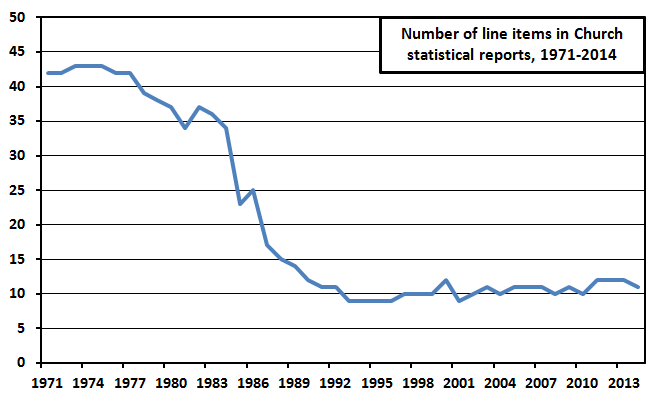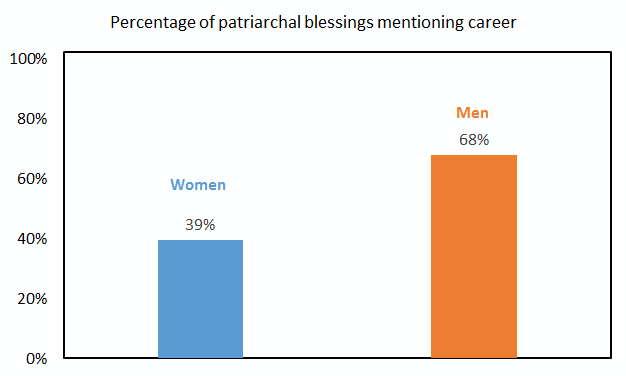Ever since the new essays dealing with more complex bits of Mormon history appeared on lds.org, almost daily I encounter facebook statuses and posts in private groups of people reeling, overwhelmed and disoriented, unsure of what to do. These are good people, people who have devoted their lives and their talents and their faith to the Church, many of them deeply orthodox. Their statuses are, for me, an unsettling echo of the statuses of many of my more liberal and progressive Mormon friends last summer when Kate Kelly and John Dehlin were facing Church discipline. It seems it’s been a hard year for Mormons of most stripes.
For a while I didn’t look too closely at the statuses. They reminded me of the numbness and shock I felt, over a decade ago before social media existed, when I pored over books in the Harold B. Lee library shortly after taking out my endowments as a younger, pre-mission-age single woman at BYU. I didn’t know then where to turn, whom to talk to. When I did bring up the information I found in those books to close friends and family – secret “spiritual wivery” and polyandry, blood atonement, racist pronouncements said over the pulpit in the name of the Lord – even the least dogmatic immediately told me not to worry about it or not to read it. My protestations that I wasn’t reading anti-Mormon materials but historical documents and books written by LDS scholars fell on deaf ears, and, even more unnerved, I realized that this was not something I could talk about with any of my LDS friends. It was many, many years before I did. My faith transition was achingly alone.
And so, when John Dehlin issues a request, as he frequently does, for people to offer their advice and stories for how they handle their own faith transitions, I find myself wondering what advice I or any one of us can give. Read More




